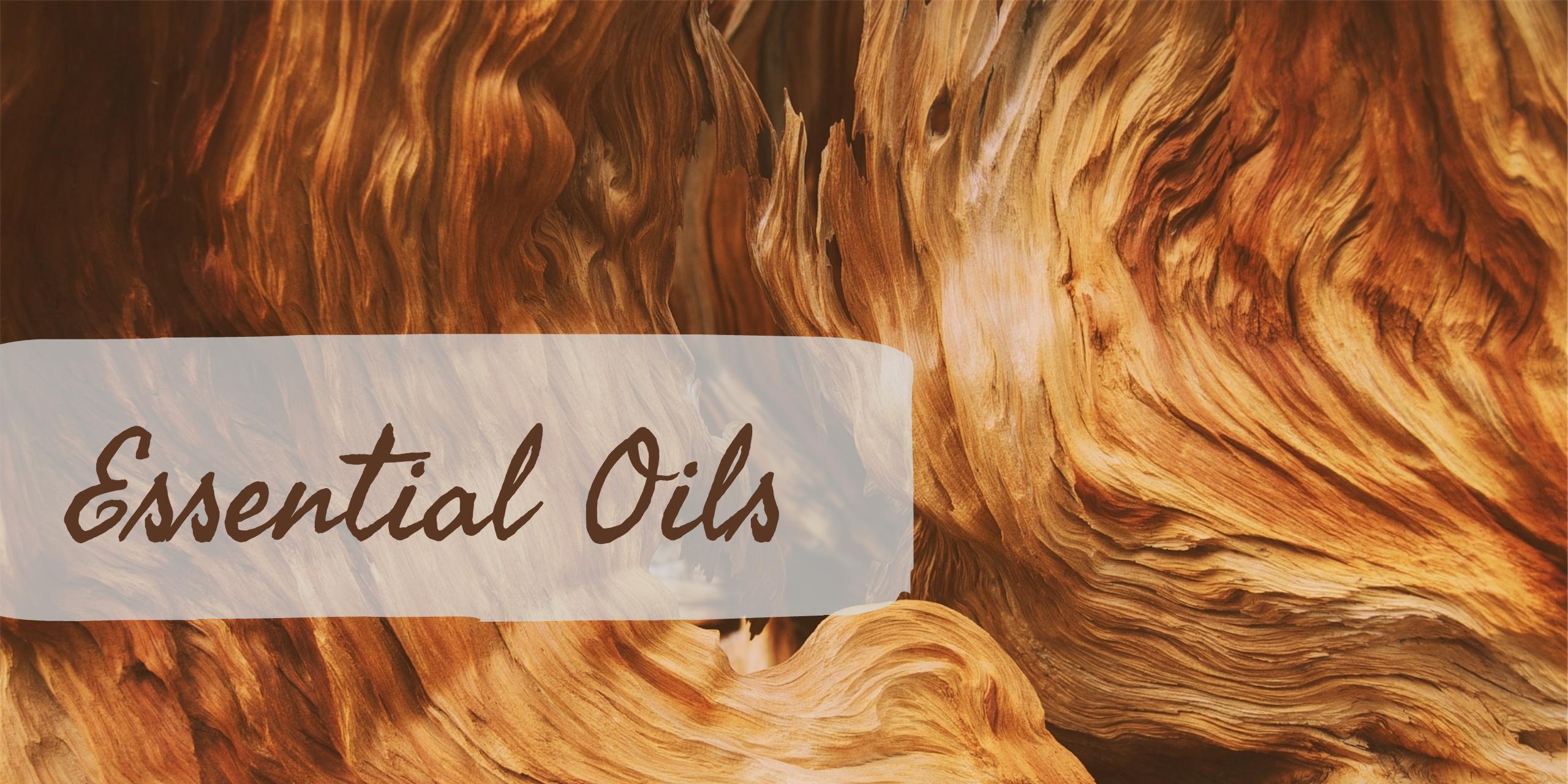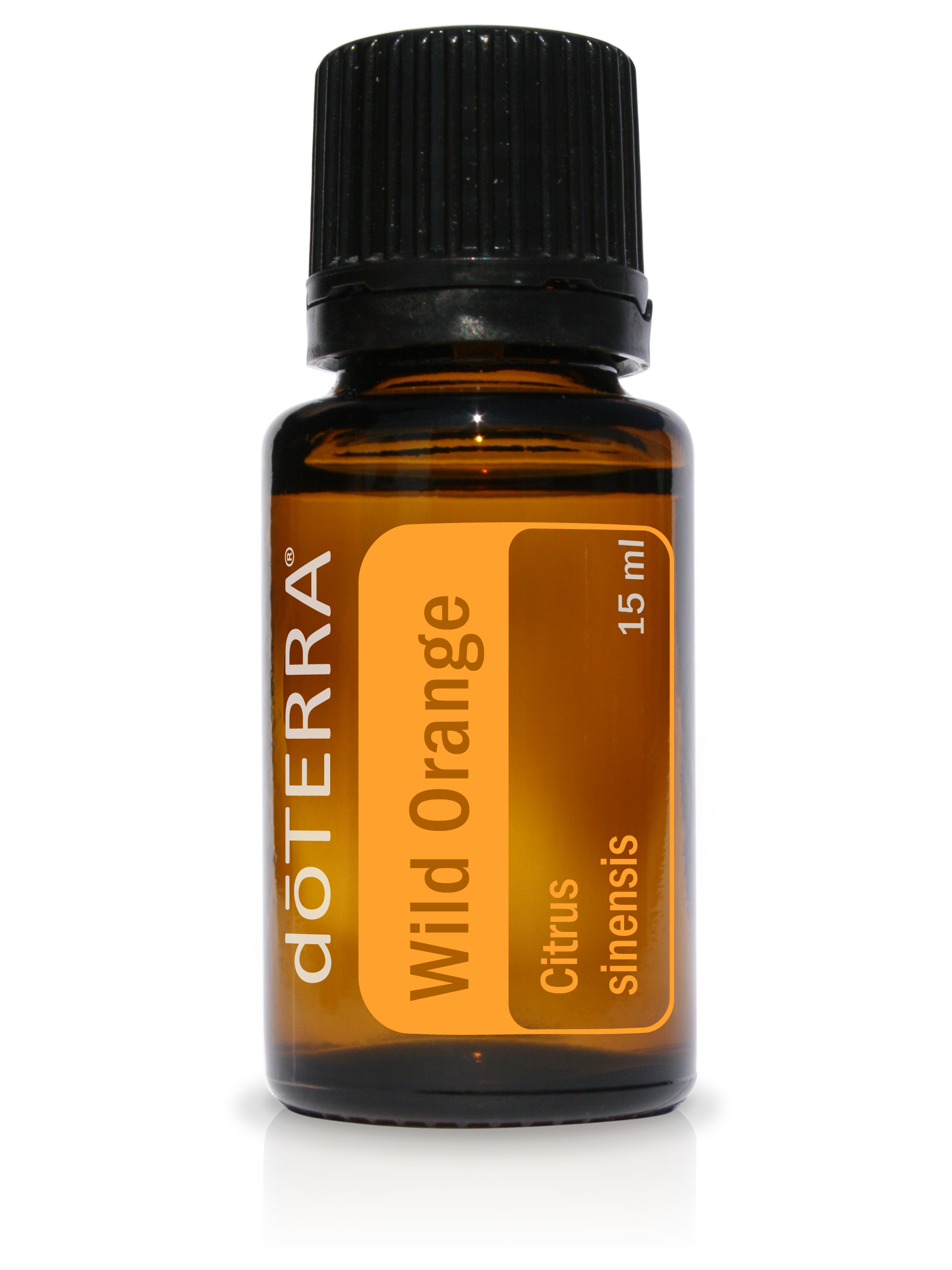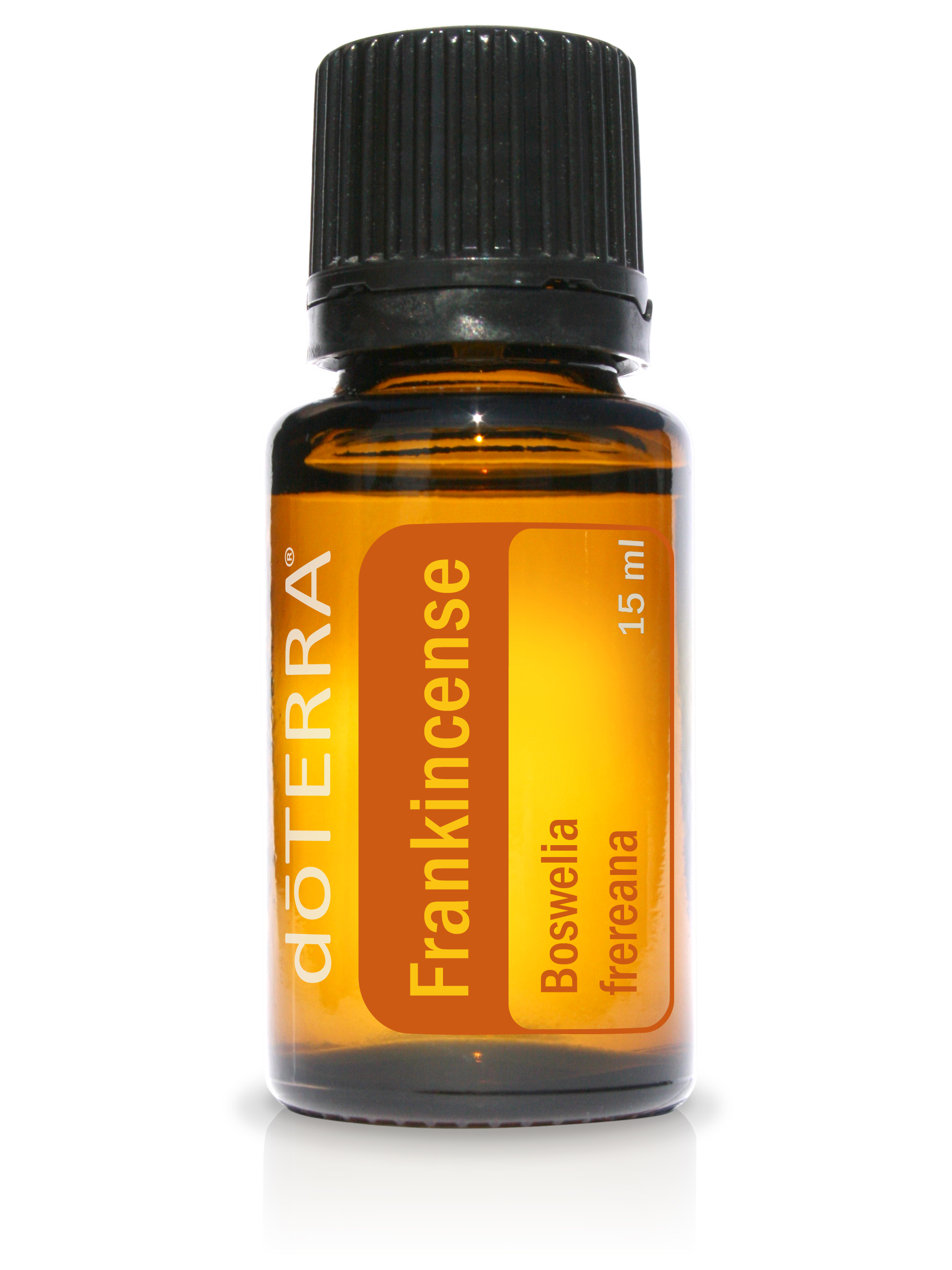
Why Essential Oils
My go-to for wellness has been high quality essential oils. Combined with good nutrition, exercise, and rest, essential oils support a healthy lifestyle. Essential oils are easy to use for all members of our family. Just one oil alone can aid and support the body in a wide variety of needs, both emotionally and physically. And you don’t have to be an oil expert to get started. The simplicity and effectiveness of essentials oils makes them a perfect resource for any home.What Are Essential Oils?

Physical, Mental, & Emotional Support
How to Use Essential Oils
There are many opinions about how essential oils should most effectively be used.
Currently, there are three main models of use:
- Aromatic.
- Topical.
- Internal.
Ongoing clinical research has found that used together, the three application models create an effective and powerful practice for supporting health and wellness. Essential oils easily penetrate into the body with all methods of application including aromatic, topical, and internal use. Whichever application method you choose, or if you choose to use all three, essential oils can be very effective and safe when used appropriately.
doTERRA Essential Oils
Can be used the following ways:Aromatically
Topically
Internally
Aromatic
The sense of smell is a tool that can elicit powerful physiologic, mental, and emotional responses. Essential oils are quickly absorbed by the smell receptors, which have a direct link to the limbic system by way of the olfactory nerve. The limbic system is part of the brain that supports a variety of functions including smell, emotions, behavior, and memory. For this reason, essential oils have an especially powerful effect via aromatic application. Some essential oils induce uplifting or invigorating effects, while others are more calming. Diffusion is one of the simplest methods for using essential oils aromatically. Diffusers that use cold air or water are ideal. However, using essential oils aromatically does not require any special diffusing devices. You can achieve the same health benefits by simply placing a few drops of essential oil in the palm of your hand that is then cupped around the nose as you breathe deeply.Additional aromatic uses For Essential Oils Include:
- Apply oil to a cotton ball and place in the air vents of your vehicle
- Mix oils in a spray bottle with water and mist over furniture, carpet, or linens
- Add oil to a batch of laundry or to dryer sheets
- Use in household surface cleaners
Topical
Topical application is a very effective method for applying essential oils. Because essential oils have low molecular weights and are lipid soluble, they easily penetrate the skin. Once absorbed, they stay in the applied area for a localized benefit. Although essential oils are readily absorbed, there are many ways to increase absorption. Using a light massage will increase the blood flow to the area of application, in turn improving distribution throughout the body. Use of a carrier oil can also increase absorption, especially in skin that is dry or flaky as it helps moisturize the skin and slow evaporation of the oil. To decrease the likelihood of developing a skin sensitivity, especially on young or sensitive skin, it is advisable to use a carrier oil (such as Fractionated Coconut Oil) to dilute more potent oils and when trying an oil for the first time. The recommend dilution ratio is typically one drop of essential oil to three drops of carrier oil. It’s always advisable to use several small doses throughout the day rather than a single large dose. Start with the lowest possible dose (1–2 drops). A topical dose can be repeated every 4–6 hours as needed. Because every individual is unique, the dose will vary for each individual based on size, age, and overall health status. Beneficial Areas You Can Apply Essential Oils- Neck
- Forehead and temples
- Chest and abdomen
- Arms, legs, bottom of feet
- Add a few drops of oil to a warm bath
- Make a hot or cold compress by soaking a towel or cloth in water, adding essential oils, and then applying to the desired area
- Add oil to a lotion or moisturizer and then apply to skin
- Some facial areas, such as the skin around the eyes
- Eyes and inner ears
- Broken, damaged, or otherwise injured skin
Internal
Certain essential oils have a rich culinary history and can be used as dietary supplements supporting a variety of healthy conditions. When you sprinkle cinnamon on your oatmeal, sip a mug of peppermint tea, or add fresh basil leaves to your spaghetti, you are actually consuming some volatile aromatic essential oil compounds. Essential oil contributes many health benefits as well as flavoring and aroma properties to foods. When in their concentrated form, essential oils can be used as dietary supplements for more targeted and potent health benefits. Internal use is a very safe and effective method of application because of the sophisticated physiologic processes of our bodies. When ingested, essential oils directly enter the blood stream via the gastrointestinal tract, where they are transported throughout the rest of the body. Essential oils are lipid soluble so they are readily transported to all organs of the body, including the brain. Then, like all things we consume, essential oils are metabolized by the liver and other organs and are then excreted. The composition of essential oils is highly complex. Each constituent possesses a unique set of biochemical properties that react with cells and organs in different ways. Although these mechanisms of action are not completely understood, the positive end results have been demonstrated. However, the body is only equipped to handle appropriate doses of essential oils. Proper dosing according to labeling recommendations and other professional guidelines should be strictly followed to avoid toxicity. Effective Methods of Internal Application- Use oils in recipes for cooking or baking to replace fresh or dried herbs and spices
- Remember that essential oils are much more potent than dried or fresh herbs and spices, so start with a very small amount
- For more potent oils, it may be better to administer them by toothpicks (dip the end of a clean toothpick into the oil and then add to the food) rather than drops
- Add essential oils to water, smoothies, milk, tea, or other drinks
- Take essential oils internally in a veggie capsule or add to a small amount of applesauce or yogurt

Quality Matters
Pure Essential Oils
1. Plant Potency:
When selecting which plants are to be used for essential oil production, it is important that the plant is grown in the correct soil, temperature, and climate. When these factors are optimal, the plant will be able to reach its highest potency.
2. Oil Purity:
When oils contain fillers or other elements that dilute and alter their purity, their ability to function at their highest capacity is compromised. In order to enjoy all the benefits of essential oils, they must be used in their purest form.
Modern technology also makes possible the testing for purity and efficacy of plant extracts of all kinds while controlling both quality and content in a way that allows for a much more consistent essential oil experience.
Quality Standards:
Contain only the natural aromatic compounds present after the distillation process.
Be 100% pure oil, free of any synthetic compounds or contaminants, including heavy metals or microbial organisms.
Be subjected to mass spectrometry, infrared spectroscopy, and gas chromatography testing to ensure consistent extract composition and activity.
Be derived only from the distillation of the correct and clearly stated plant part.
Meet organoleptic tests (consistency in taste, sight, touch, and smell).

Co-Impact Sourcing
Two-thirds of the countries we are working with are developing countries. We have an opportunity to make a difference in countries through ways such as job creation and helping form organizations and cooperatives through Co-Impact Sourcing.
Sourcing Essential Oils
Cō-Impact Sourcing is an initiative that seeks to develop long-term, mutually beneficial supplier partnerships while creating sustainable jobs and providing reliable income in underdeveloped areas. dōTERRA is committed to the ethical treatment of its suppliers by providing on-time payments at fair prices. Growers and harvesters are encouraged to form cooperative groups to share collective benefits and bargaining power while improving skills and capacity.
